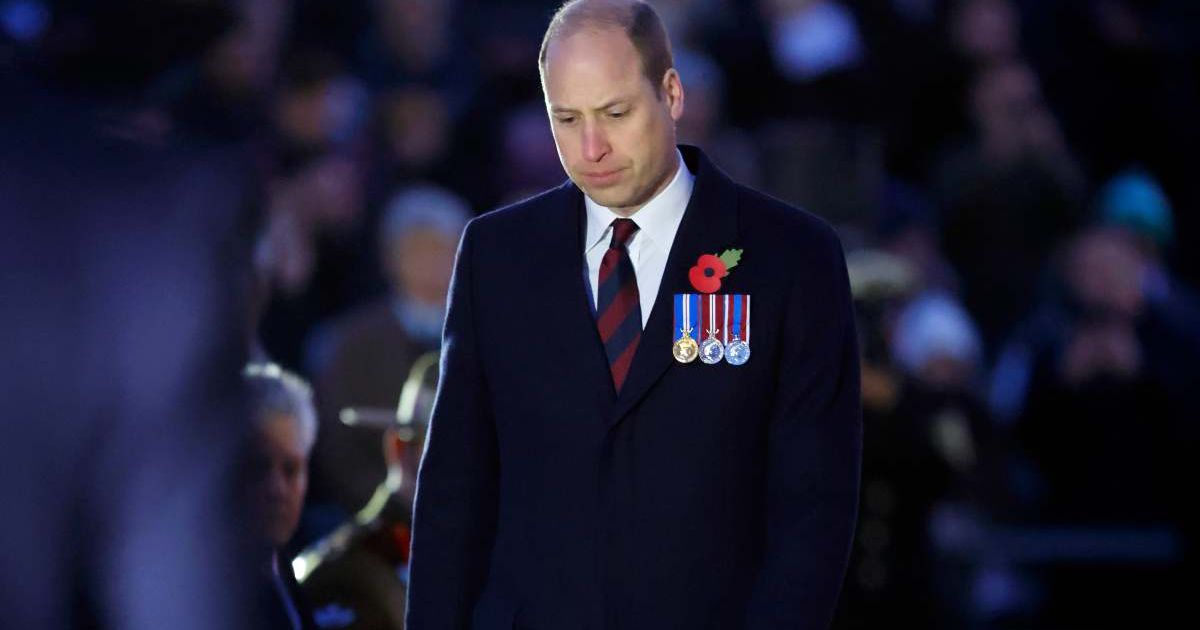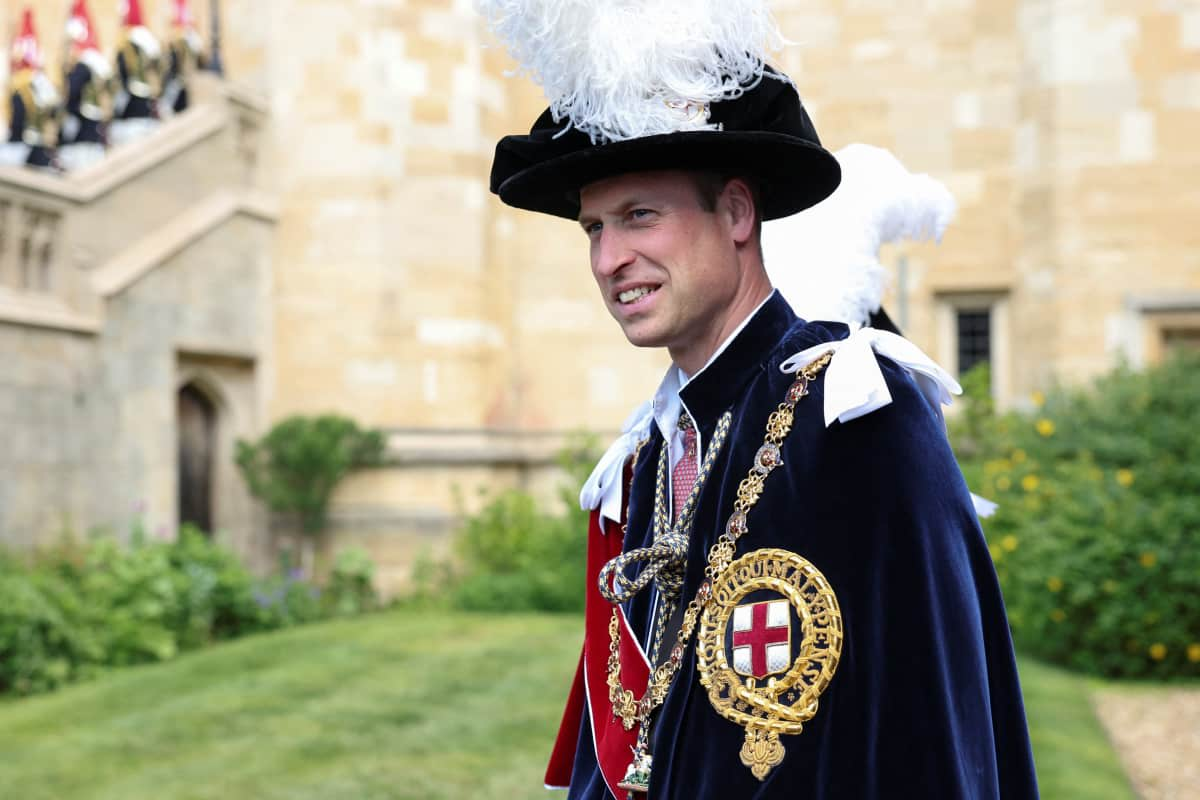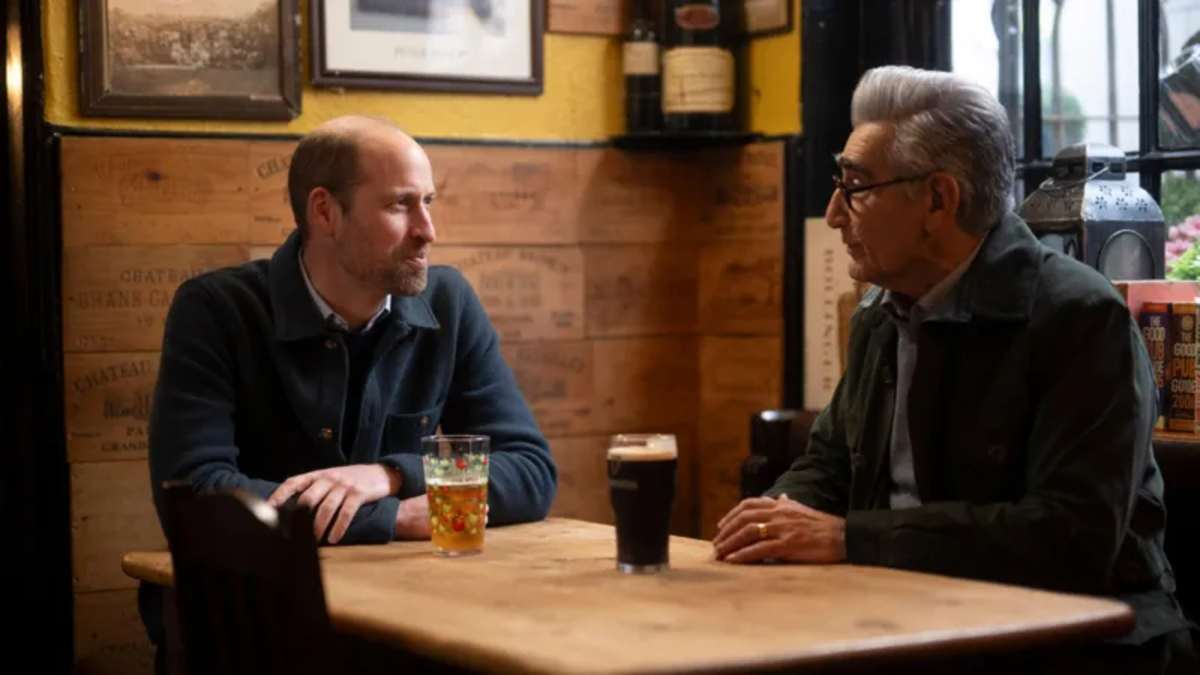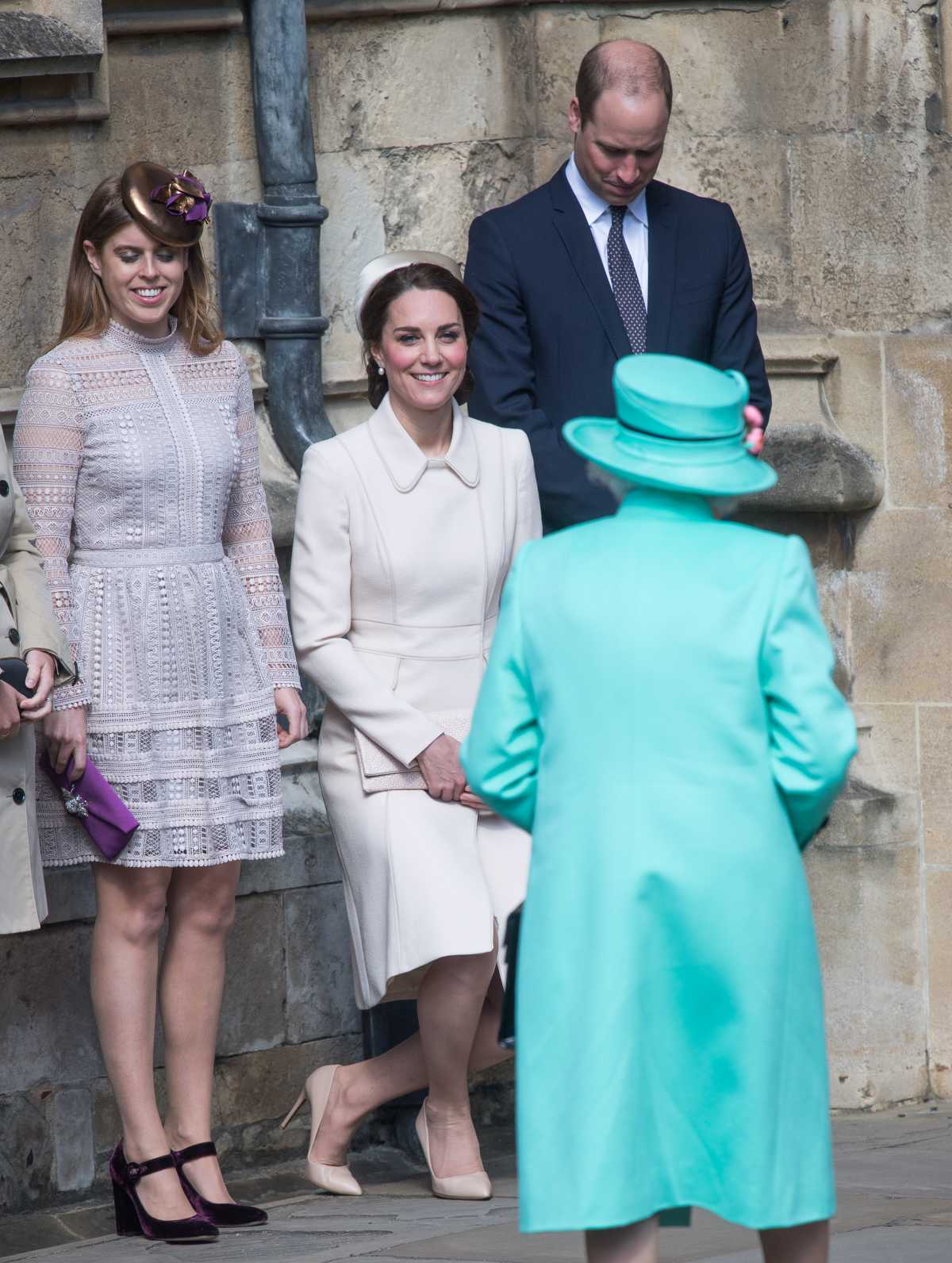Prince William Tipped to Ditch an Age-Old Royal Tradition That Has Long Defined the Monarchy

For generations, a well-timed bow or curtsy has been the currency of respect in royal circles, a gesture that symbolized centuries of hierarchy. But Prince William, it seems, is ready to retire the ritual. As next in line to the throne, he reportedly wants to move away from this kind of ingrained formality, viewing it as not in line with his vision for a modern and relatable monarchy.

Royal expert Ingrid Seward explained to The Telegraph how William hates unnecessary stiffness. “I think that is something he will definitely want to change. William would much prefer someone to say ‘good evening’ than be bowed to hundreds of times a day — and that goes for his children, too. Once they turn 18, he won’t want people bowing or curtsying to them either.”
William's recent appearance alongside actor and comic Eugene Levy on Apple TV+’s The Reluctant Traveler offered a telling glimpse into this mindset. Among several other topics, William spoke of the kind of King he wants to be, one who isn't afraid of reinvention. “I think it’s safe to say that change is on my agenda,” he said. “Change for good, and I embrace that, I enjoy that change. I don’t fear it — that’s the bit that excites me, the idea of being able to bring some change. Not overly radical, but changes that I think need to happen.”

According to The Telegraph’s Melissa Twigg, this philosophy could extend far beyond. The British monarchy, she notes, remains one of the few institutions where roles such as 'Keeper of the Swans' and 'Lord Warden of the Cinque Ports' still exist. William, she writes, believes in a 'slimmed-down monarchy' — fewer working royals, fewer obscure titles, and a simpler, less bureaucratic court structure.
Not that he’s expected to sack the 'Herb Strewer,' the ceremonial attendant who scatters flowers before the monarch, or the 'Yeoman of the China and Glass Pantry' who guards the Palace crockery. But as Hugo Vickers said, the new King-in-waiting might simply allow such roles to 'fade out naturally.' “I’m all for cutting down tedious, pointless things like someone reading out an address when it could just be a note,” said Vickers, adding that William still understands 'the fine line' between trimming excess and preserving heritage.

Contrast that with the late Queen Elizabeth II, for whom curtsies were sacrosanct. She reportedly took the ritual 'very seriously,' expecting it even from her own family. Royal biographer Craig Brown once revealed, “Queen Elizabeth expected everyone, including her sister, her mother and her children, to greet her with a bow or a curtsy.” For her, such gestures weren’t outdated traditions but tangible symbols of duty and respect. Princess Anne, ever the dutiful daughter, seemed to take that lesson to heart. Brown recalled that Anne’s sense of decorum was so ingrained, “she would automatically stand up when taking a telephone call from her mother.”
